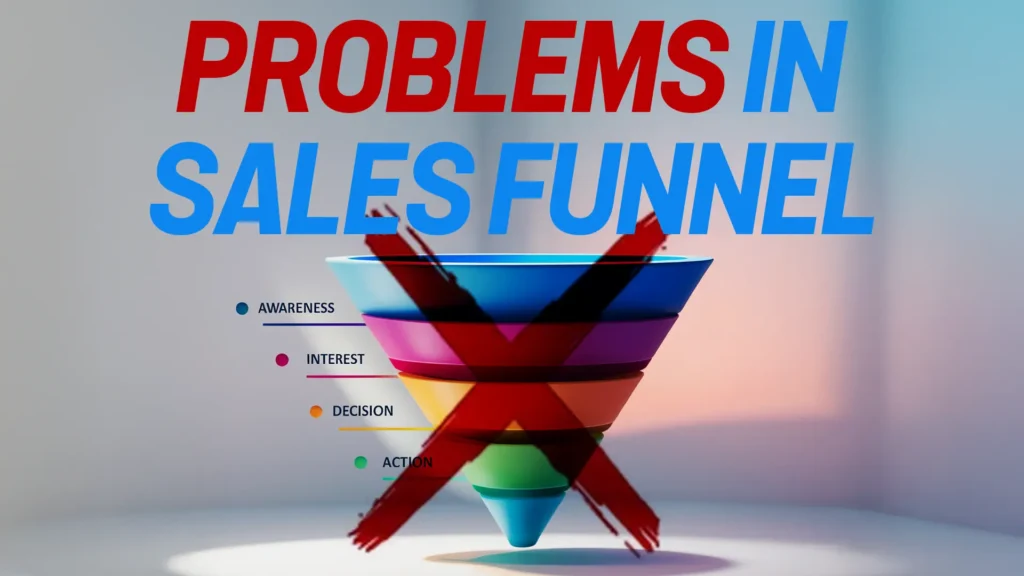In the fast-paced world of digital marketing, understanding how to effectively utilize SEO as a sales funnel can be a game-changer for business owners, entrepreneurs, and startups. Many struggle with their online presence, unsure of how to attract and convert potential customers. This blog post will delve into the synergy between SEO and sales funnels, offering valuable insights to help you optimize your approach and drive success.
Hooking Your Audience: Why SEO Matters
Imagine this: you’ve built a fantastic product or service, but no one knows about it. This is where SEO comes into play. By optimizing your website for search engines, you can attract visitors who are actively searching for solutions you provide. An SEO-driven sales funnel not only increases visibility but also guides potential customers through their buying journey—from awareness to conversion.

Understanding the Sales Funnel
A sales funnel is a visual representation of the customer journey, illustrating the steps a prospect takes from first learning about your brand to making a purchase. Each stage of the funnel requires specific strategies to nurture leads effectively:
- Awareness: This is where potential customers first encounter your brand. SEO plays a critical role in attracting organic traffic through targeted keywords and engaging content.
- Interest: Once visitors are aware of your brand, it’s essential to capture their interest with informative content that addresses their needs and pain points.
- Decision: In this stage, prospects evaluate their options. Providing detailed information about your offerings, including comparisons and testimonials, can help position your brand as the best choice.
- Action: Finally, this is where prospects convert into customers. Clear calls-to-action (CTAs) and optimized landing pages are crucial at this stage.

The Stages of the Sales Funnel and SEO Strategies

1. Awareness Stage
In this initial stage, potential customers are just beginning to recognize their needs. Your goal is to attract their attention.
SEO Strategies:
- Keyword Research: Identify broad keywords related to your industry that potential customers might use to discover solutions.
- Content Creation: Develop informative blog posts, videos, or infographics that address common questions or problems in your niche.
- Social Media Engagement: Share content on social platforms to increase visibility and drive traffic.
2. Interest Stage
Once you’ve captured their attention, it’s time to nurture their interest.
SEO Strategies:
- Long-Tail Keywords: Utilize specific phrases that indicate deeper interest (e.g., “best CRM for small business”).
- Engaging Content: Create case studies, webinars, or detailed guides that provide valuable insights.
- Email Marketing: Use targeted email campaigns to share relevant content and keep prospects engaged.
3. Decision Stage
At this point, potential customers are evaluating their options.
SEO Strategies:
- Comparison Content: Produce content comparing your offerings with competitors, highlighting unique benefits.
- Testimonials and Reviews: Showcase customer success stories to build credibility.
- Optimized Landing Pages: Ensure landing pages are tailored for conversion with clear calls-to-action (CTAs).
4. Action Stage
This is where prospects become customers.
SEO Strategies:
- Transactional Keywords: Target keywords like “buy now” or “sign up” that indicate purchase intent.
- Clear CTAs: Use strong CTAs on product pages to encourage immediate action.
- Retargeting Ads: Implement retargeting strategies to remind users of products they viewed but didn’t purchase.

Creating an Effective SEO Sales Funnel
To build a successful SEO sales funnel, consider these strategies:
- Keyword Research: Identify relevant keywords for each stage of your funnel. Use broad keywords for awareness and more specific long-tail keywords for decision-making.
- Content Creation: Develop high-quality content that provides value to your audience. This can include blog posts, videos, infographics, and more.
- User Experience (UX): Ensure that your website is user-friendly and mobile-responsive. A seamless UX can significantly impact conversion rates.
- Analytics Monitoring: Regularly analyze traffic sources and user behavior to refine your strategies and improve performance.

The Benefits of an SEO Sales Funnel
Implementing an SEO-driven sales funnel has numerous advantages:
- Increased Organic Traffic: By targeting relevant keywords throughout the funnel, you attract visitors genuinely interested in what you offer.
- Improved Lead Generation: The targeted approach leads to more qualified leads and conversions.
- Enhanced Customer Experience: A well-planned sales funnel simplifies the buying process, making it enjoyable for customers.
- Measurable Results: SEO provides valuable data on website traffic, user behavior, and keyword performance.

Conclusion: How We Can Help You
At NavMedia, we specialize in creating AI-driven sales funnels that are visually appealing and optimized for search engines. Our services include landing page design, CRM platform development, and performance marketing strategies tailored to meet your business needs.If you’re struggling with your business website or unsure how a sales funnel can benefit you, our team is here to guide you through every step of the process. Contact us today to learn how we can help make your funnel SEO intact! By integrating these strategies into your business model, you can create a robust sales funnel that attracts traffic and converts leads into loyal customers—ensuring sustainable growth for your enterprise.



